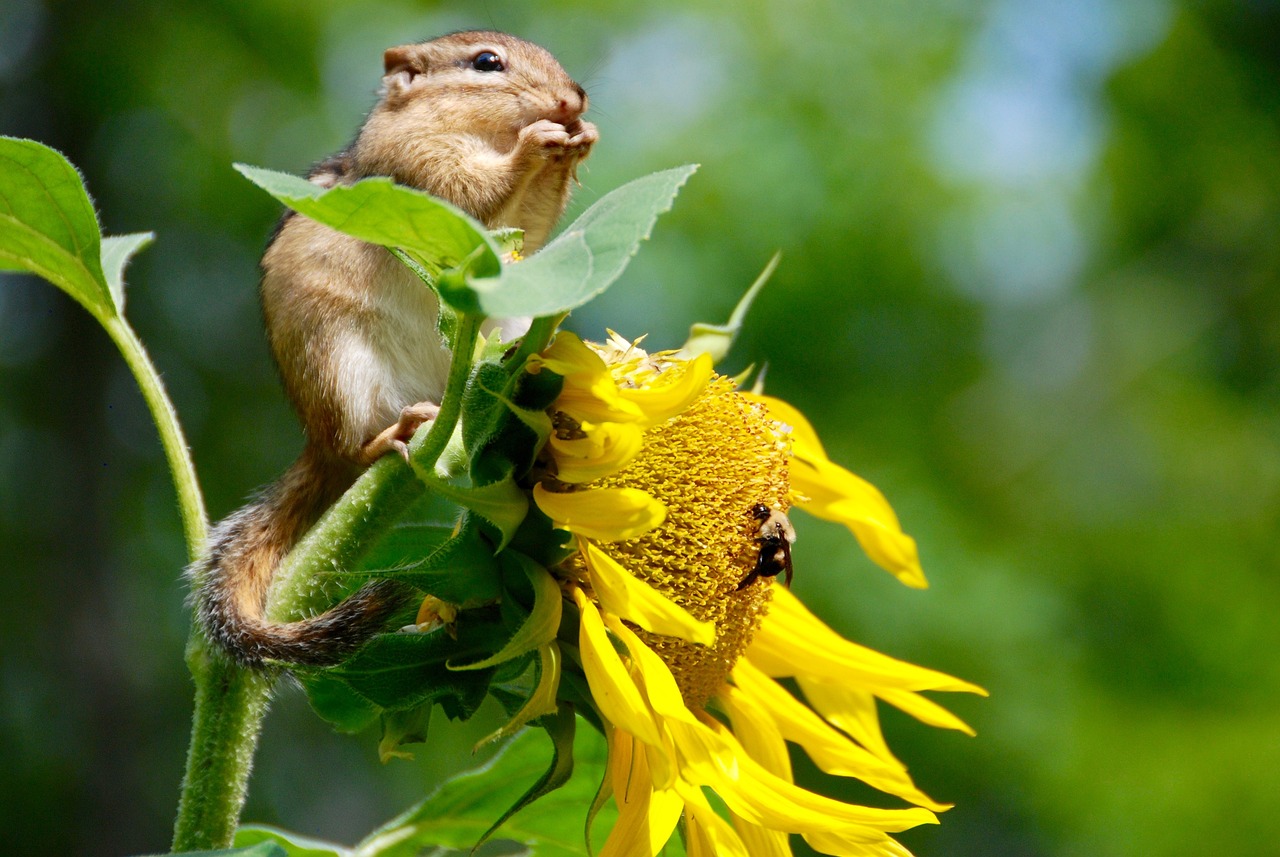For biodiversity to continue, it is important that we do the best job we can to protect all of Earth’s
species. Listen to learn more about biodiversity.

Subject: Science
Grade level: Elementary
The world is filled with many living things of all shapes and sizes. From plants and animals to fungi and bacteria, every living thing is important and plays a role on our
Earth. The variety of living things in a habitat is known as biodiversity. Having biodiversity in a habitat allows for many different species to thrive. Listen to hear more about how all living things within a habitat depend on one another for survival, making it crucial to find a way to protect each of them.
Biodiversity
Before Listening
- Activate prior knowledge:
Begin the lesson by asking students to share which living things are found in the habitat (the area or neighborhood) they live in. Record their responses. Ask students to imagine that one day, one of the living things they mentioned was removed entirely from the habitat. What would happen to the habitat and the other living things in it? Each living thing – plants, animals, bacteria, and fungi – depend on one another in order to thrive in their habitat. It is important that each living thing is protected to keep the habitats of our world flourishing. - Vocabulary:
Preview the vocabulary by reading aloud the terms and their definitions. Ask students to share what
they know about each word. Focus on the words “biodiversity” and “diversity.”
• “Diversity” means the state of having a variety of different forms, types, or ideas.
• “Biodiversity” begins with the Greek root word bio, meaning life. The word “biodiversity” means
diversity of life, such as living things.
Ask students: Why do you think it is important to have biodiversity in the living things found on our
planet?
VOCABULARY WORDS
species (noun) – plants or animals that are grouped because of similarities and are able to produce young with one another
biodiversity (noun) – the variety of species of living things that are part of the same environment
diversity (noun) – the state of having a variety of different forms, types, or ideas
rely (verb) – to depend on or need for support
extinct (adjective) – no longer in existence
endangered (adjective) – an animal or plant whose population is limited and at risk of becoming extinct - Introduce the story:
Say to students: In today’s audio story you will hear about the biodiversity found on our planet and its importance for all living things – humans, animals, plants, bacteria, and fungi. But, what is biodiversity and why is it so important? Listen to an interview with an expert on biodiversity to take a deeper look into the subject. - Active listening supports:
Introduce the listening organizer to support students in understanding the story while listening to it. This is intended to guide students in taking notes to help them focus their listening.
During Listening
The Fact/Question T-Chart will guide students while listening as they take notes on facts about biodiversity and the questions they have about the topic after listening to the audio. (Sample responses: A. Biodiversity is when many different species live in a specific ecosystem or a habitat. B. What is the largest number of species that is found in a single habitat?)
After Listening
- Reflect on the story:
Ask students to respond to the listening comprehension questions and share their responses with a
partner, small group, or the whole class.
LISTENING COMPREHENSION QUESTIONS
1. What does it mean for a habitat to have more biodiversity?
2. According to the story, what are some ways different species rely on one another?
3. What has caused many species to go extinct?
4. According to the expert, why is it important to preserve biodiversity? - Classroom Discussion:
Take time for student reflection on the audio story. Use the discussion questions to focus students on how they would describe biodiversity and explain its importance, and to discuss the things we can do to protect = biodiversity in our own habitat as well as our world.
CLASSROOM DISCUSSION QUESTIONS
1. Imagine you have a friend who has never heard of biodiversity. How would you describe what biodiversity is and why it is important?
2. What are some things we can do to protect the biodiversity of our local habitats (such as our neighborhoods) as well as our world?
Next Step: Paired Text
Use the Wonderopolis article on Why Is Biodiversity Important? to pair with this audio story. Ask the students to compare and contrast what they learned about biodiversity from the audio story and the article.
Listen to the full podcast episode
Text materials provided by Listenwise
